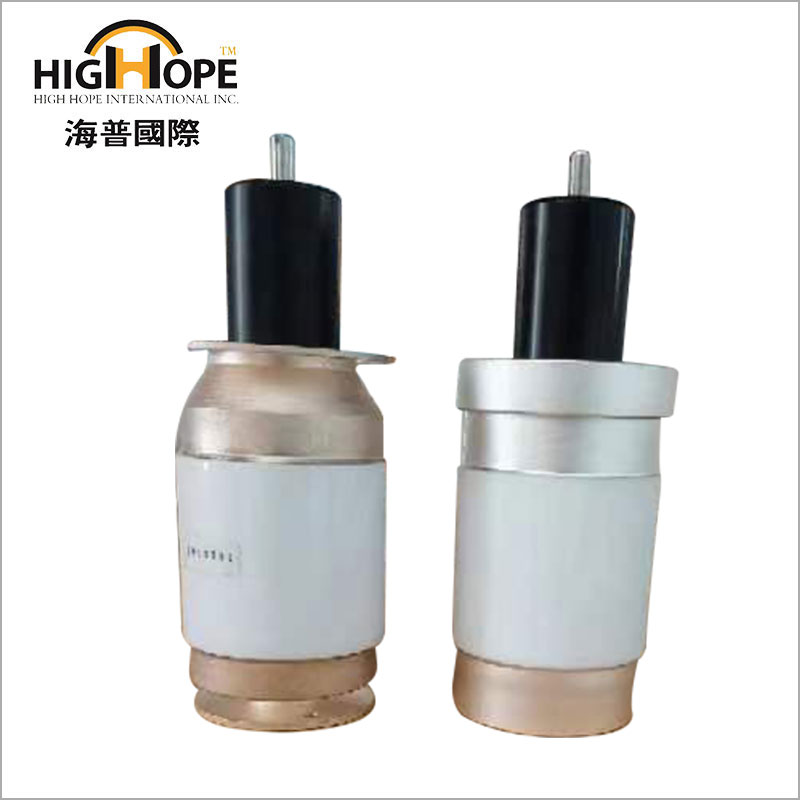What Is a Vacuum Capacitor and Why Is It Used in High-Frequency Applications?
2025-06-24
A vacuum capacitor is a type of capacitor that uses a vacuum as the dielectric medium between its electrodes. These specialized components are designed for use in high-voltage and high-frequency circuits, particularly in industries such as radio frequency (RF) broadcasting, plasma generation, medical imaging, and semiconductor manufacturing. But what sets vacuum capacitors apart from other types, and why are they essential in certain applications?

What Is a Vacuum Capacitor?
A vacuum capacitor consists of two conductive plates (electrodes) enclosed in a vacuum-sealed ceramic or glass envelope. The vacuum acts as the dielectric, allowing the plates to be placed very close to each other without electrical breakdown, even at high voltages. This design provides extremely high insulation resistance and low dielectric losses, which are essential in RF and microwave applications.
Vacuum capacitors are available in both fixed and variable forms. Variable vacuum capacitors allow capacitance adjustment by moving the plates closer or farther apart, often using a rotary mechanism.
Key Features and Advantages
High Voltage Handling: Capable of operating at voltages up to tens or even hundreds of kilovolts.
Low Loss Tangent: Very low dissipation factor, which means minimal energy loss even at high frequencies.
High Stability: Excellent performance under extreme thermal and electrical conditions.
Long Lifespan: Vacuum environment reduces oxidation and aging of internal components.
Tight Tolerances: High precision in capacitance values, especially important in tuning circuits.
Common Applications
Vacuum capacitors are used in demanding environments where standard capacitors would fail or underperform. Key applications include:
RF and Broadcasting Transmitters: For impedance matching and tuning circuits.
Semiconductor Equipment: In RF plasma generators for etching and deposition processes.
Medical Imaging Systems: Such as MRI and CT scanners.
Industrial Heating: Including induction and dielectric heating systems.
Scientific Research: Particle accelerators, fusion reactors, and lab-scale high-frequency circuits.
Fixed vs. Variable Vacuum Capacitors
Fixed Capacitors: Offer stable capacitance for use in circuits where tuning is not required.
Variable Capacitors: Allow manual or motorized adjustment to optimize performance, especially useful in tuning and matching networks.
Variable types are often equipped with mechanical dials, stepper motors, or pneumatic actuators for precise control.
Design Considerations
When selecting a vacuum capacitor, consider the following:
Capacitance Range: Ensure the value matches your circuit design requirements.
Voltage Rating: Choose a capacitor rated for the highest expected operating voltage.
Current Rating: Especially important for RF power applications.
Cooling Requirements: Some high-power capacitors may need forced air or liquid cooling.
Mounting Style: Panel mount, flange mount, or custom configurations.
Conclusion
Vacuum capacitors are critical components in high-frequency, high-voltage systems where reliability, stability, and low loss are paramount. Their unique vacuum-based design offers advantages that are hard to match with conventional dielectric materials. As technology advances in fields like semiconductor processing and RF communication, the role of vacuum capacitors continues to grow.


